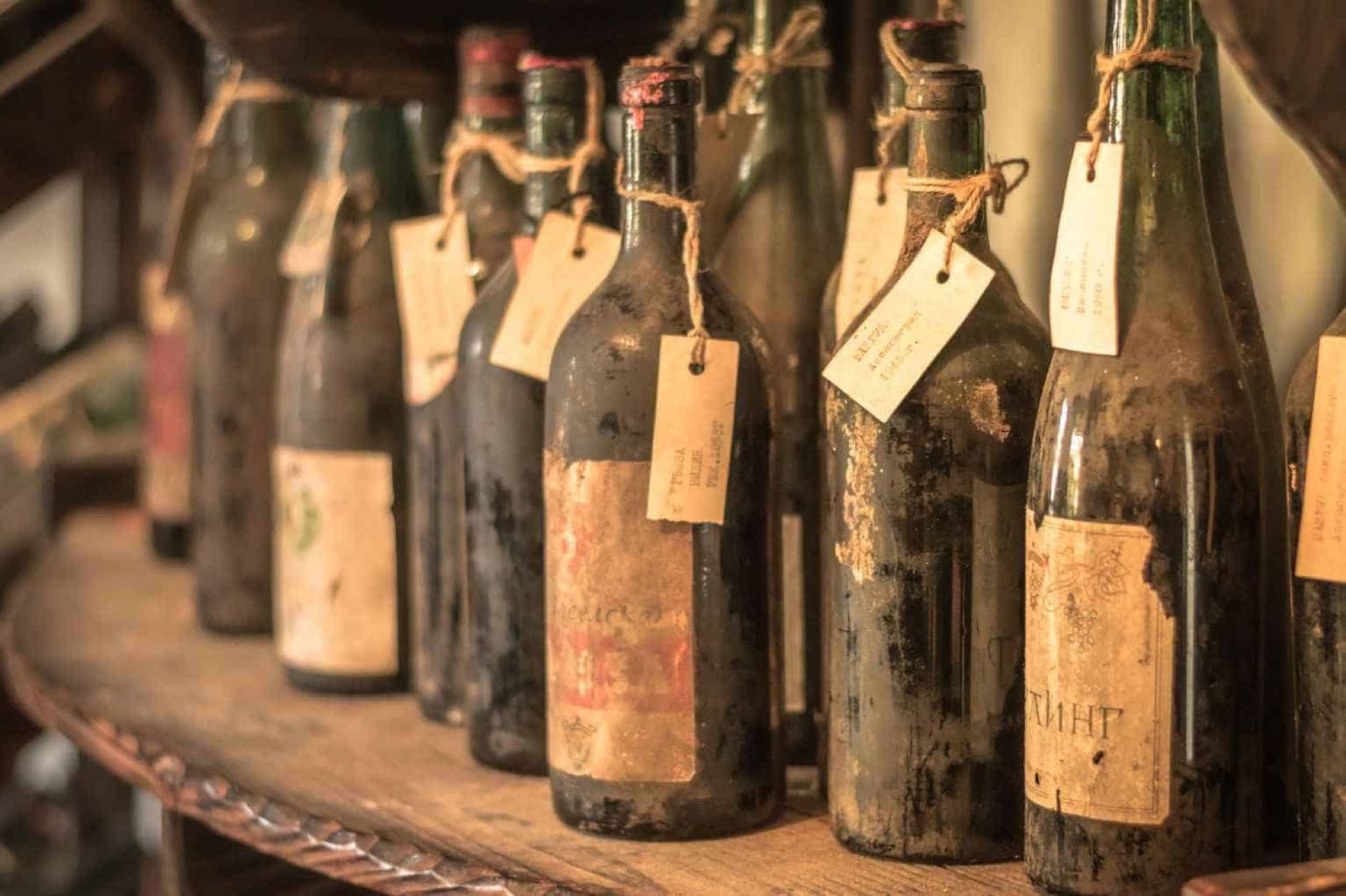

Articles
How To Store Vintage Wine
Modified: October 20, 2024
Discover the best way to store vintage wine with our informative articles. Learn the essential tips and techniques to preserve the quality and flavor of your prized collection.
(Many of the links in this article redirect to a specific reviewed product. Your purchase of these products through affiliate links helps to generate commission for Storables.com, at no extra cost. Learn more)
Introduction
Welcome to the world of vintage wine! There is something magical about opening a bottle that has aged gracefully over the years, with its complex aromas and flavors enticing your senses. Whether you’re a seasoned wine collector or just starting your journey into the world of aged wines, proper storage is key to preserving their quality and ensuring an unforgettable experience.
Vintage wine refers to wine that is made from grapes harvested in a specific year, typically considered to be an exceptional year for winemaking. These wines often have unique characteristics and can appreciate in value over time. However, to fully appreciate the subtleties and nuances of vintage wine, it must be stored under specific conditions to prevent spoilage and maintain its integrity.
In this article, we will guide you through the essential steps to store vintage wine properly. From understanding the ideal storage conditions to choosing the right storage space and implementing secure storage practices, we will cover everything you need to know to ensure your precious bottles are well-preserved.
So, whether you’re looking to store a few bottles or build an impressive wine collection, let’s dive into the world of vintage wine storage and unlock the secrets to preserving and enjoying these liquid treasures.
Key Takeaways:
- Proper vintage wine storage involves maintaining consistent temperature, humidity, and secure storage practices. Attention to detail ensures the preservation of quality and value, enhancing the enjoyment of these liquid treasures.
- Understanding the unique qualities and aging potential of vintage wine is essential for building a collection. Organizing, labeling, and avoiding common storage mistakes contribute to a rewarding and memorable wine experience.
Understanding Vintage Wine
Understanding vintage wine goes beyond just knowing that it comes from a specific year. The concept of vintage wine is based on the idea that certain years produce grapes that are exceptionally suited for winemaking. Factors such as weather patterns, soil conditions, and vineyard management all contribute to the unique qualities of a vintage.
When a winemaker determines that the grapes harvested in a particular year have exceptional characteristics, they will designate it as a vintage wine. This designation signifies that the wine is made from grapes grown in that specific year and reflects the unique characteristics of that harvest.
It’s important to note that not every year is considered a vintage year. In fact, vintage wines are relatively rare and are only produced in years when the growing conditions are exceptional. This means that vintage wines may be produced only 2 or 3 times in a decade, making them highly coveted by collectors and wine enthusiasts.
While vintage wine is often associated with aging and maturity, it’s worth noting that not all vintages are meant for long-term cellaring. Some wines are best consumed young to fully appreciate their fresh and vibrant flavors, while others can benefit from extended aging to develop complex aromas and smooth textures.
When purchasing vintage wine, it’s essential to consider its intended drinking window. This refers to the period during which the wine is expected to reach its peak quality. Some vintage wines are meant to be enjoyed within a few years of release, while others may require several decades of aging to fully unfold.
Ultimately, understanding vintage wine allows you to appreciate the unique qualities and aging potential of these bottles. It adds an element of excitement and anticipation to your wine collection, knowing that each vintage tells a story and carries the imprint of a specific year in the winemaking process.
Ideal Storage Conditions
Proper storage conditions play a crucial role in maintaining the quality and longevity of vintage wine. Here are the key factors to consider when creating an ideal storage environment:
Temperature: Temperature is one of the most critical factors in wine storage. The ideal temperature range for storing vintage wine is between 55°F (12°C) and 59°F (15°C). Fluctuations in temperature can cause the wine to expand and contract, potentially leading to leakage or oxidation. Avoid storing wine in areas that are subject to extreme temperature variations, such as near heaters or in unheated spaces.
Humidity: Humidity levels should be kept between 50% and 70% to prevent the corks from drying out. When corks dry out, they can shrink and allow air to enter the bottle, leading to spoilage. If the humidity is too high, it can promote mold growth. To maintain optimal humidity, consider using a humidifier or placing a container of water in the storage area.
Light: UV rays from sunlight and artificial light can degrade the quality of wine over time. It’s best to store vintage wine in a dark or dimly lit area to protect it from light exposure. If the storage space has windows, consider using UV-filtering shades or covering the bottles with a cloth to minimize light exposure.
Vibration: Vibrations can disturb the sediment in wine and affect its aging process. Avoid storing vintage wine in areas prone to frequent vibrations, such as next to appliances or in high-traffic areas. If possible, choose a storage location away from sources of vibration to ensure the wines remain undisturbed.
Odor-free Environment: Wine is highly susceptible to absorbing odors, which can alter its taste and aroma. Avoid storing vintage wine in areas with strong odors, such as kitchens or laundry rooms. Opt for a dedicated storage space free from strong-smelling substances to preserve the wine’s integrity.
By following these guidelines, you can create an ideal storage environment for your vintage wine collection. Remember that consistency is key, and maintaining stable storage conditions will ensure that your wines age gracefully and reach their full potential when it’s time to uncork them.
Choosing the Right Storage Space
When it comes to storing vintage wine, selecting the right storage space is crucial to maintaining its quality and ensuring its longevity. Here are some factors to consider when choosing the perfect storage location:
Temperature Control: Look for a storage space that allows you to maintain a consistent temperature within the ideal range of 55°F (12°C) to 59°F (15°C). This could be a dedicated wine cellar, a temperature-controlled wine cabinet, or a wine storage facility. Avoid areas prone to temperature fluctuations, such as garages or attics.
Insulation: Ensure that the storage space is well-insulated to prevent outside temperatures from affecting the wine. Proper insulation helps maintain a consistent internal temperature and minimizes the risk of heat or cold seeping in.
Absence of Direct Sunlight: Choose a storage location away from direct sunlight or install UV-filtering windows or shades to protect the wine from light exposure. Exposure to UV rays can degrade the wine and cause it to age prematurely.
Size and Capacity: Consider the size of your vintage wine collection when selecting a storage space. Ensure that there is enough room to accommodate your current collection and allow for future growth. It’s recommended to leave some extra space for proper air circulation between bottles.
Security: Vintage wines are valuable and should be stored in a secure location. Look for a storage space that provides adequate security measures such as secure locks, surveillance cameras, and limited access to ensure the safety of your collection.
Inaccessible to Children and Pets: If you have children or pets in your home, choose a storage location that is inaccessible to them. Vintage wine bottles are delicate and can be easily damaged if mishandled. Additionally, consuming vintage wine is reserved for legal drinking age individuals, so keeping the storage space secure and out of reach is essential.
Accessibility: Consider how frequently you will need access to your vintage wine collection. If you plan to regularly consume or add to your collection, opt for a storage space that allows for easy accessibility. However, if you are looking for long-term cellaring, a less accessible location may be more suitable.
By carefully considering these factors, you can choose the perfect storage space for your vintage wine collection. Remember, the right storage environment is essential for preserving the quality and value of your wines and ensuring that they continue to develop and mature over time.
Temperature Control and Humidity
Temperature and humidity are two critical factors in ensuring the proper storage of vintage wine. Maintaining a consistent temperature and humidity level helps preserve the quality and integrity of the wine. Here are some key considerations for temperature control and humidity:
Temperature: Aim to keep the storage temperature between 55°F (12°C) and 59°F (15°C). Fluctuations in temperature can cause the wine to expand and contract, potentially leading to leakage or oxidation. Avoid storing wine in areas that are subject to extreme temperatures, such as near heaters or in unheated spaces.
Consistency is key when it comes to temperature control. Rapid or frequent changes in temperature can be detrimental to the wine. It’s important to choose a storage space that provides a stable environment for the wine to mature properly.
Humidity: Ideal humidity levels for wine storage range from 50% to 70%. Maintaining proper humidity is crucial to prevent the corks from drying out. When corks dry out, they can shrink, allowing air to enter the bottle and potentially spoiling the wine.
If the humidity is too high, it can lead to mold growth, label damage, or even damage to the storage area. On the other hand, if the humidity is too low, the corks may dry out, losing their ability to form a tight seal and protect the wine. To maintain optimal humidity, consider using a humidifier or placing a container of water in the storage area.
It’s essential to monitor both temperature and humidity levels regularly. Invest in a reliable thermometer and hygrometer to keep track of these conditions. This will help you make any necessary adjustments and ensure that your vintage wine is stored in an environment that promotes proper aging and longevity.
Remember, extreme temperature variations or fluctuations, as well as inconsistent humidity levels, can be harmful to your precious vintage wine collection. By implementing proper temperature control and humidity measures, you can safeguard the quality and value of your wines and enjoy them at their absolute best.
Read more: How To Store Vintage Clothing
Importance of Consistency in Storage
Consistency in storage is crucial when it comes to preserving the quality and integrity of vintage wine. Maintaining a consistent environment ensures that the wine matures properly and develops desirable flavors and aromas over time. Here are some key reasons why consistency in storage is so important:
Avoiding Temperature Fluctuations: Fluctuations in temperature can have a negative impact on the quality of wine. When wine is exposed to sudden changes in temperature, it expands and contracts, which can cause leakage or oxidation. Consistency in storage temperature helps the wine age gracefully by minimizing these fluctuations.
Promoting Proper Aging: Vintage wines require a specific environment to develop and mature. Consistent storage conditions allow the wine to go through the aging process undisturbed. This leads to the development of complex flavors, aromas, and a harmonious balance in the wine.
Maintaining Cork Integrity: The cork plays a crucial role in preserving the wine. Inconsistent storage conditions, particularly temperature fluctuations and humidity variations, can cause the cork to expand and contract, compromising its integrity. A compromised cork can lead to air leakage, which can ruin the wine. Consistent storage helps keep the cork in optimal condition, ensuring the wine remains undisturbed.
Preventing Light Damage: Consistent storage also helps protect the wine from the harmful effects of light exposure. UV rays from both natural and artificial light sources can degrade the wine and impact its flavor and color. By storing the wine in a consistently dark environment, you minimize the risk of light damage and preserve the wine’s quality.
Optimizing Flavor Development: The aging process of a wine requires consistency in storage conditions to allow the flavors to develop and harmonize. Consistent temperature and humidity levels create a stable environment for chemical reactions to occur, enhancing the complexity and depth of the wine’s flavor profile.
Preserving Investment Value: For those who collect vintage wines as an investment, consistency in storage is essential to maintain the wine’s value. Proper storage conditions, including temperature and humidity consistency, help preserve the integrity of the wine, ensuring it retains its desirability and potential appreciation in value.
By prioritizing consistency in storage conditions, you provide the optimal environment for your vintage wines to age and develop. This not only enhances the quality and enjoyment of the wine but also safeguards the investment you’ve made in building your wine collection. Remember, paying attention to consistency today ensures that you can uncork exceptional bottles of wine in the future.
Secure and Safe Storage Practices
When it comes to storing vintage wine, ensuring its security and safety is paramount. Implementing secure storage practices not only protects your investment but also gives you peace of mind knowing that your prized bottles are well-protected. Here are some essential practices to consider:
Choose a Secure Location: Select a storage space that provides adequate security measures. If you’re storing wine at home, ensure that the designated area has secure locks and limited access. For larger wine collections, consider using a professional wine storage facility that offers 24/7 surveillance, secure storage lockers, and controlled access.
Temperature and Humidity Monitoring Systems: Install reliable temperature and humidity monitoring systems in your storage space. These systems will alert you if there are any fluctuations or deviations from the desired conditions, allowing you to take prompt action to rectify the situation and protect your wine.
Proper Bottle Placement: Store your wine bottles horizontally or at a slight tilt to keep the cork moist and ensure a tight seal. This helps prevent air from entering the bottle and potentially spoiling the wine. Securely position the bottles to minimize movement and potential damage.
Use High-Quality Packaging Materials: Invest in sturdy wine racks, storage boxes, or custom-built wine cabinets that are specifically designed to protect and store wine bottles safely. These containers should provide proper insulation and cushioning to prevent breakage and damage during transportation and storage.
Label and Inventory: Maintain a detailed inventory and labeling system for your wine collection. Clearly label each bottle with essential information such as the vintage, producer, and grape variety. This helps you easily locate specific bottles when needed and prevents any mishandling or confusion while retrieving or organizing your collection.
Insurance Coverage: Consider obtaining insurance coverage for your vintage wine collection. Insurance can provide financial protection in case of unforeseen events such as theft, fire, or natural disasters. Consult with a reputable insurance provider to ensure your collection is adequately protected.
Regular Inspections: Schedule periodic inspections of your storage space to check for any signs of damage or potential issues. Look for leaks, mold growth, or any other abnormalities that may affect the integrity of your wine collection. Carry out preventive maintenance and repairs promptly to mitigate any risks.
Proper Handling and Transportation: When moving or transporting your wine bottles, handle them with care and ensure they are properly secured to avoid breakage. If you need to transport your wine collection over long distances, consider consulting professional wine logistics services that specialize in safe transportation and logistics for wine.
By following these secure and safe storage practices, you can protect your vintage wine collection from potential threats and ensure its longevity. Remember, the safety and security of your investment are just as important as the quality of the wine itself.
Organizing and Labeling
Organizing and labeling your vintage wine collection is essential for efficient retrieval, proper inventory management, and ensuring that each bottle receives the attention it deserves. Here are some key practices for organizing and labeling your wine collection:
Categorize by Region, Varietal, or Vintage: Choose a categorization system that works best for you. You can organize your wines by region (e.g., Bordeaux, Burgundy), varietal (e.g., Cabernet Sauvignon, Chardonnay), or vintage (e.g., 2010, 2012). Consider what makes the most sense for your collection and allows for easy navigation when selecting a wine to enjoy.
Utilize Wine Racks or Storage Systems: Invest in high-quality wine racks or storage systems that provide proper support and organization for your bottles. Wine racks come in various sizes and designs, including wall-mounted, floor-standing, or modular systems. Choose one that suits your space and aesthetic preferences, ensuring it can accommodate the size of your collection.
Create a Digital Inventory: Consider keeping a digital inventory of your wine collection. This can be done using a spreadsheet or specialized wine inventory management software. Include details such as wine name, vintage, region, producer, quantity, and location in your storage space. This allows for easy reference and helps you keep track of your collection’s value and maturity.
Label Each Bottle: It’s important to label each bottle to provide essential information at a glance. Use adhesive labels or specially designed wine tags that can be tied around the neck of the bottle. Include details such as the wine name, vintage, producer, varietal, and any additional notes you find helpful. Clear and legible labels ensure accurate identification of bottles, even as your collection grows.
Organize for Aging Potential: If you have a mix of wines that are meant for immediate enjoyment and those with long aging potential, separate them accordingly. This way, you can easily identify wines that are ready to drink and those that can still be cellared for further development. This organization helps you select the appropriate bottle for any occasion.
Consider a Cataloging System: For extensive wine collections, consider implementing a cataloging system that incorporates specialized software or web-based platforms. These systems allow you to track and manage your collection efficiently, providing comprehensive information on each bottle, tasting notes, and purchase history.
Organize by Drinking Window: Another approach to organizing your wines is by their recommended drinking window. This categorization helps you identify wines that are at their peak and those that need more time to develop. It ensures that you don’t miss the optimal window to enjoy each bottle and make the most of your vintage wine collection.
By implementing effective organization and labeling practices, you can easily navigate your wine collection, keep track of inventory, and fully appreciate the wines in your possession. Whether you prefer a more traditional approach or utilize digital tools, finding a system that works for you will make the experience of enjoying your vintage wines all the more enjoyable.
Avoiding Common Mistakes
When it comes to storing and caring for vintage wine, there are a few common mistakes that wine enthusiasts often make. By being aware of these mistakes, you can ensure that your prized bottles are kept in optimal condition. Here are some common mistakes to avoid:
Inadequate Temperature Control: One of the most critical factors in wine storage is temperature. Avoid storing your vintage wine in areas that are subject to extreme temperature fluctuations or that exceed the ideal range of 55°F (12°C) to 59°F (15°C). High temperatures can accelerate the aging process, while low temperatures can impair the development of flavors and aromas. Consistency and proper temperature control are key.
Poor Cork Handling: The quality and integrity of the cork directly impact the preservation of a wine. Avoid repeatedly pulling out and reinserting corks, as this can cause damage and increase the risk of oxidation. When opening a bottle, use a quality corkscrew and handle the cork carefully to prevent it from drying out or crumbling.
Excessive Light Exposure: Exposing wine to direct sunlight or bright artificial light can adversely affect its quality. Ultraviolet (UV) rays can degrade the wine, causing undesirable flavors and premature aging. Store your vintage wine in a dark or dimly lit area, away from light sources, to minimize light exposure and preserve the wine’s quality over time.
Ignoring Humidity Levels: Neglecting humidity levels can lead to problems with the cork and the overall condition of the wine. High humidity can promote mold growth and label damage, while low humidity can dry out the cork, allowing air to seep into the bottle. Aim for a humidity range of 50% to 70% to keep the corks moist without creating a breeding ground for mold.
Insufficient Bottle Protection: Vintage wines are delicate and can be easily damaged if not appropriately protected. Avoid storing bottles in areas where they are at risk of being knocked over or subjected to vibration. Use sturdy wine racks or storage boxes that provide proper support and cushioning to prevent breakage and damage.
Disregarding Wine Placement: The placement of wine bottles in storage can impact their aging process. Store bottles horizontally or at a slight tilt to keep the cork in contact with the wine, preventing it from drying out. Ensure that bottles are securely positioned to minimize movement and disturbance.
Neglecting Regular Inspections: Regular inspections of your wine storage area are crucial to identifying any issues early on. Look for signs of leakage, mold, or temperature and humidity fluctuations. Promptly address any maintenance or repair needs to safeguard the integrity of your vintage wine collection.
Incorrect Cellaring Duration: Not all wines are meant for long-term aging. It’s important to know the ideal aging potential for each bottle in your collection. Consuming wine too early or leaving it in the cellar for too long can impact its taste and aroma. Research and consult wine experts to determine the optimal cellaring duration for each wine.
Lack of Proper Documentation: Keeping track of your wine collection is crucial for inventory management and ensuring that bottles are consumed at their best. Maintain detailed records of each bottle, including information on the vintage, producer, purchase date, and drinking window. This documentation helps you make informed decisions about when to enjoy each bottle.
By avoiding these common mistakes and implementing proper storage and care practices, you can preserve the quality, value, and enjoyment of your vintage wine collection. Remember, the effort and attention you put into storing your wines will be rewarded when you finally uncork that perfectly aged bottle.
Store vintage wine in a cool, dark place with a consistent temperature, ideally between 55-65°F. Keep the bottles on their side to keep the cork moist and prevent oxidation. Avoid storing in the kitchen or near appliances that generate heat.
Read also: 9 Best Vintage View Wine Rack For 2025
Frequently Asked Questions
1. How long can vintage wine be stored?
The aging potential of vintage wine varies depending on the specific wine and its characteristics. Some vintage wines can be enjoyed within a few years of release, while others have the potential to age gracefully for several decades. It’s important to research and understand the aging potential of each wine in your collection to determine the optimal drinking window.
2. Can vintage wine go bad?
Vintage wine can go bad if it is not stored properly. Exposure to excessive heat, light, or fluctuations in temperature can accelerate the aging process, leading to off-flavors and spoilage. Additionally, if the cork becomes compromised or the bottle is not securely sealed, air can enter and spoil the wine. Maintaining proper storage conditions and handling the wine with care are essential to prevent spoilage.
3. Should I decant vintage wine before serving?
Decanting vintage wine can help enhance its flavors and aromas, especially if there is sediment in the bottle. It allows the wine to breathe and separate from any deposits that may have formed over time. However, not all vintage wines require decanting. It is recommended to research specific guidelines for decanting each wine to ensure optimal flavor enhancement.
Read more: How To Store Wines
4. How do I know if my vintage wine has gone bad?
There are several signs that your vintage wine may have gone bad, including off-putting aromas like vinegar or wet cardboard, an unusual color, or a stale or unpleasant taste. If you suspect that a wine has spoiled, it’s best to err on the side of caution and refrain from consuming it. Trust your senses and consult with a wine expert if you are unsure.
5. Can I store vintage wine in my refrigerator?
While refrigerators can be used as a temporary storage solution for short periods, they are not ideal for long-term storage of vintage wine. The temperature in a regular household refrigerator is typically too low and can dry out the corks, affecting the wine’s integrity. It’s best to invest in a dedicated wine storage space or utilize a temperature-controlled wine refrigerator for long-term vintage wine storage.
6. How do I start a collection of vintage wine?
To start a collection of vintage wine, begin by researching and learning about different wine regions, grape varieties, and vintages. Familiarize yourself with the tasting profiles and aging potential of specific wines. Start with a few bottles that interest you and gradually build your collection over time. Consider consulting with wine professionals or attending tastings to expand your knowledge and preferences.
Remember, collecting vintage wine is a journey, and it’s important to invest not only in the wines themselves but also in proper storage and care to ensure their long-term enjoyment.
Conclusion
Storing and caring for vintage wine is a delicate and rewarding endeavor. By understanding the unique qualities of vintage wine, creating an ideal storage environment, and following secure storage practices, you can ensure that your precious bottles are well-preserved and ready to be enjoyed when the time is right.
From maintaining consistent temperature and humidity levels to avoiding common mistakes and organizing your collection, each step plays a vital role in preserving the quality and value of vintage wine. By paying attention to details such as temperature control, proper bottle placement, and regular inspections, you can safeguard your investment and develop a deeper appreciation for these liquid treasures.
Remember, vintage wine tells a story, capturing the essence of a specific year and the skill of the winemaker. The aging potential and complexities of each bottle require patience and attention to detail. Whether you’re a seasoned wine collector or just starting your journey into the world of aged wines, taking the time to properly store and care for your vintage wine collection will reward you with exceptional flavors, aromas, and a truly memorable experience.
So, raise your glass to the art of vintage wine storage and embark on a journey of exploration and enjoyment. Cheers to preserving the past and savoring the present!
Frequently Asked Questions about How To Store Vintage Wine
Was this page helpful?
At Storables.com, we guarantee accurate and reliable information. Our content, validated by Expert Board Contributors, is crafted following stringent Editorial Policies. We're committed to providing you with well-researched, expert-backed insights for all your informational needs.
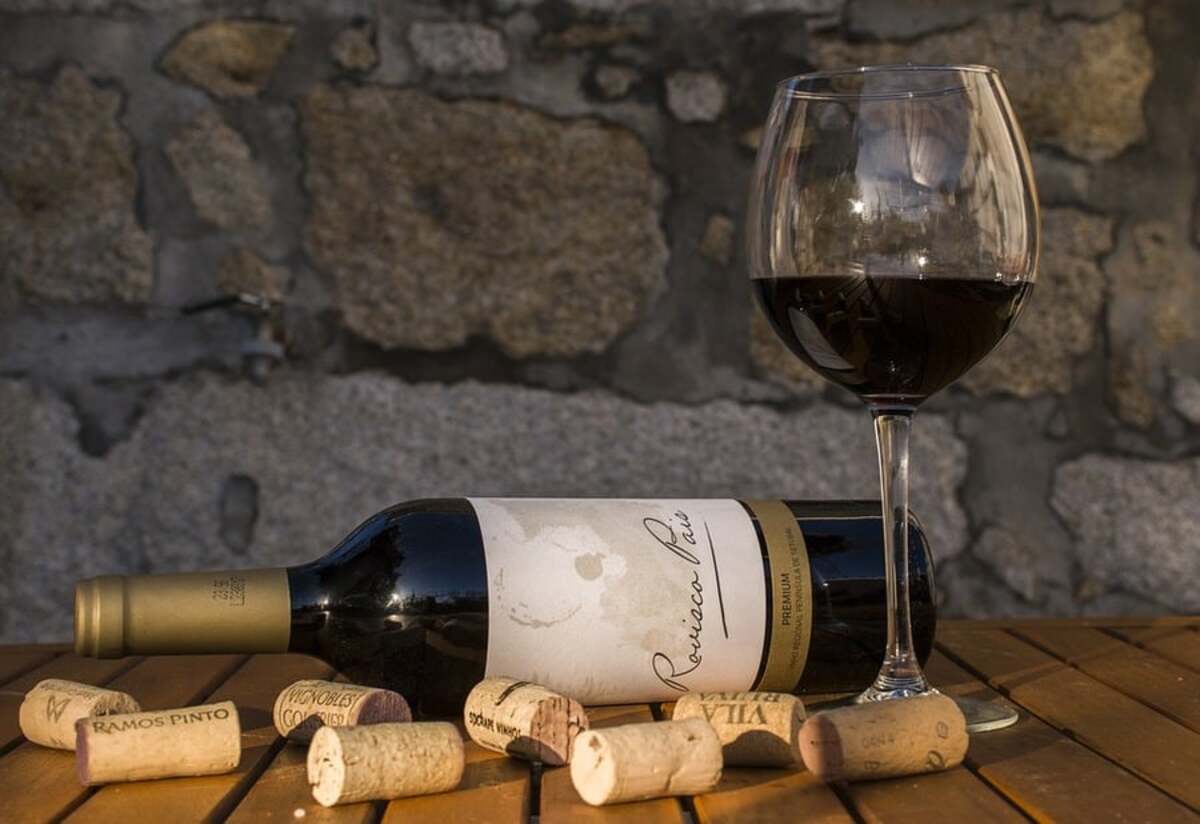
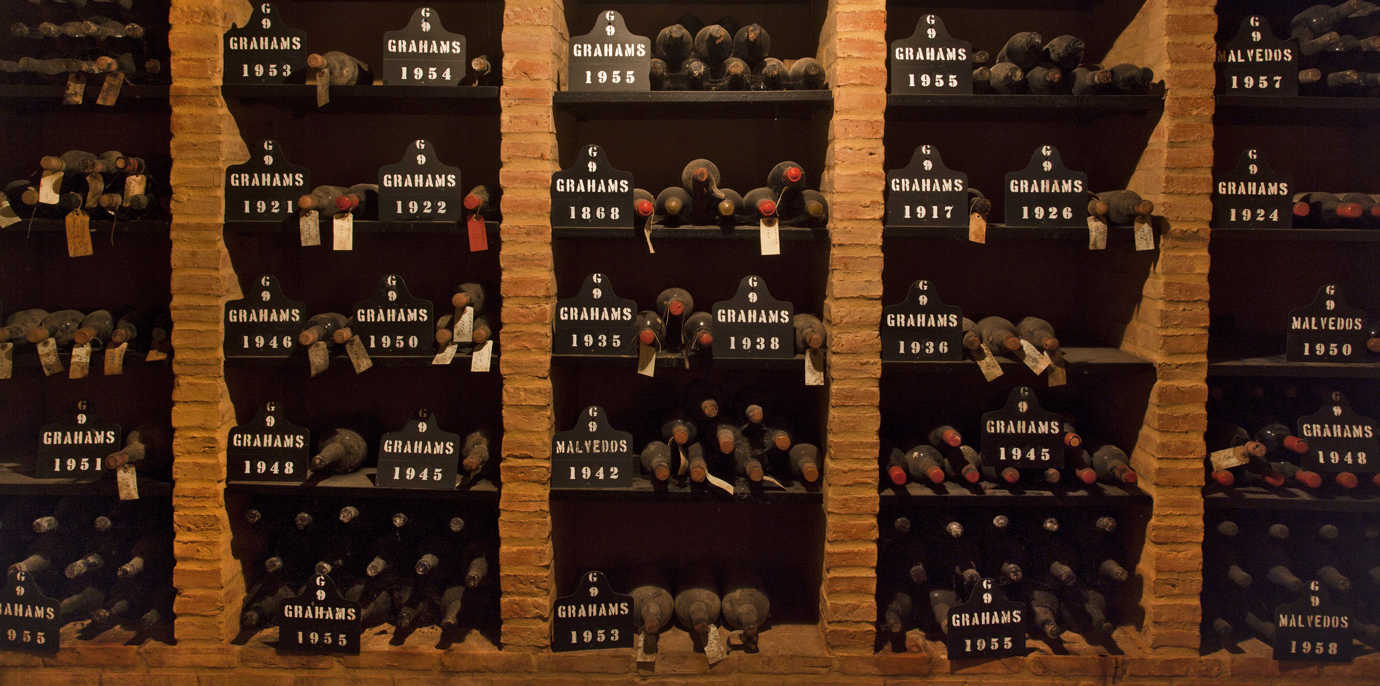
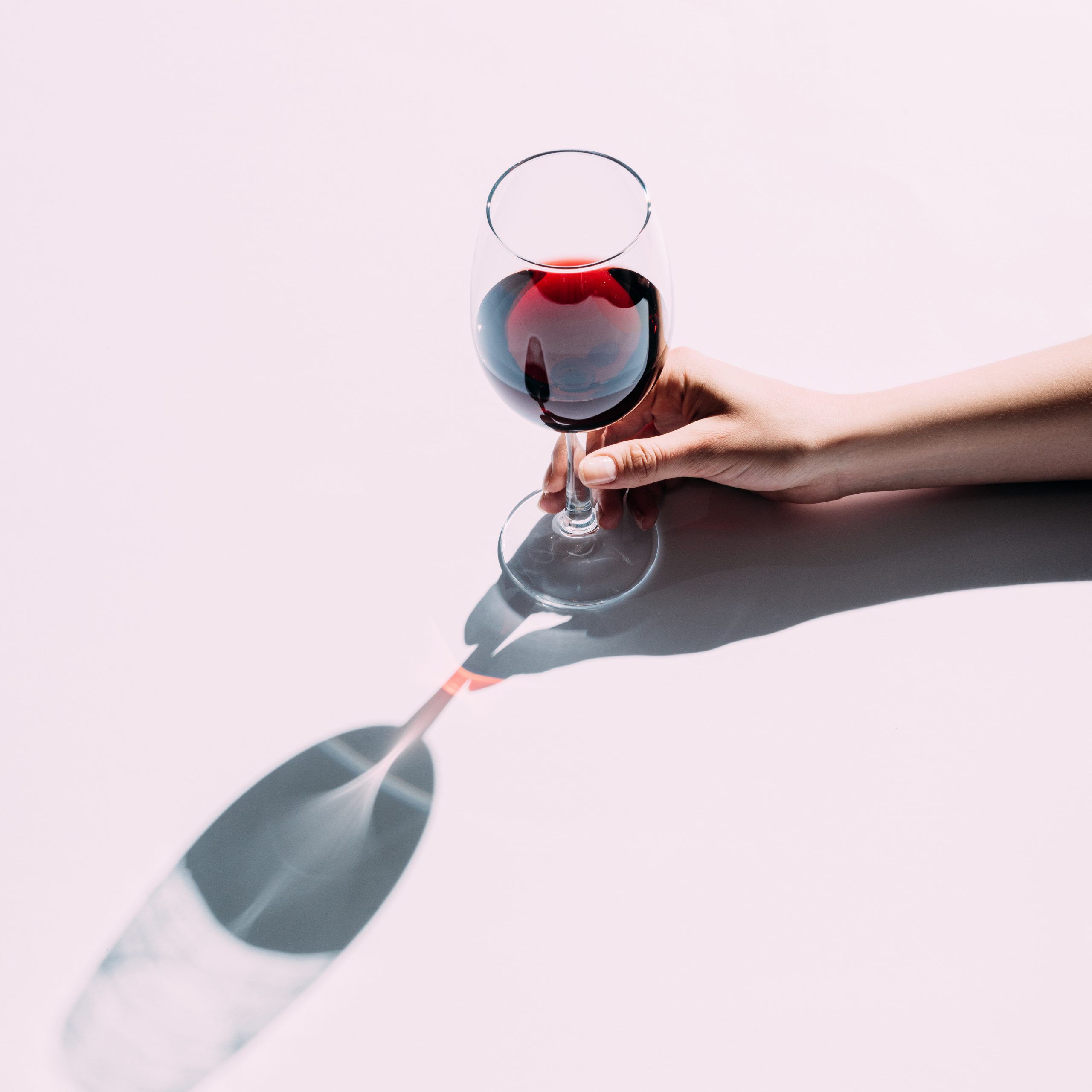
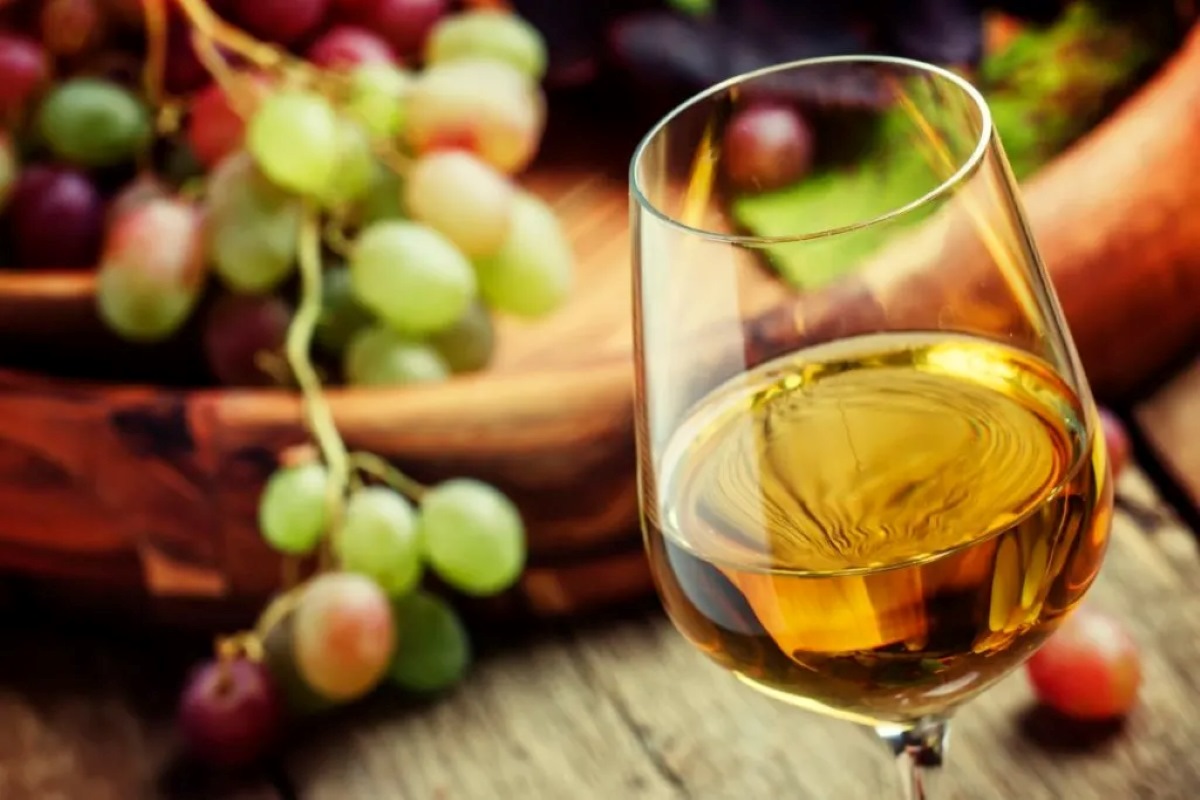
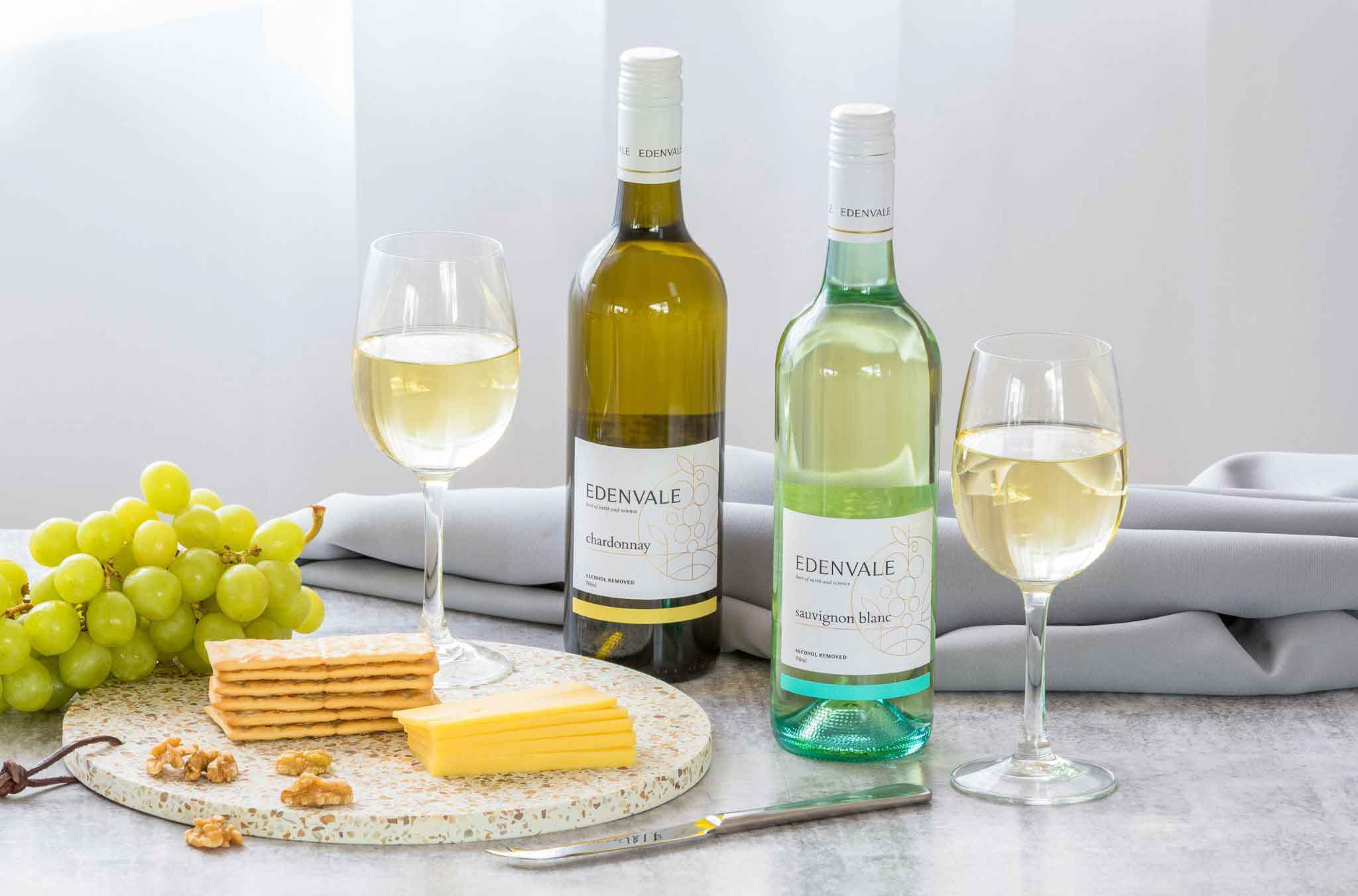
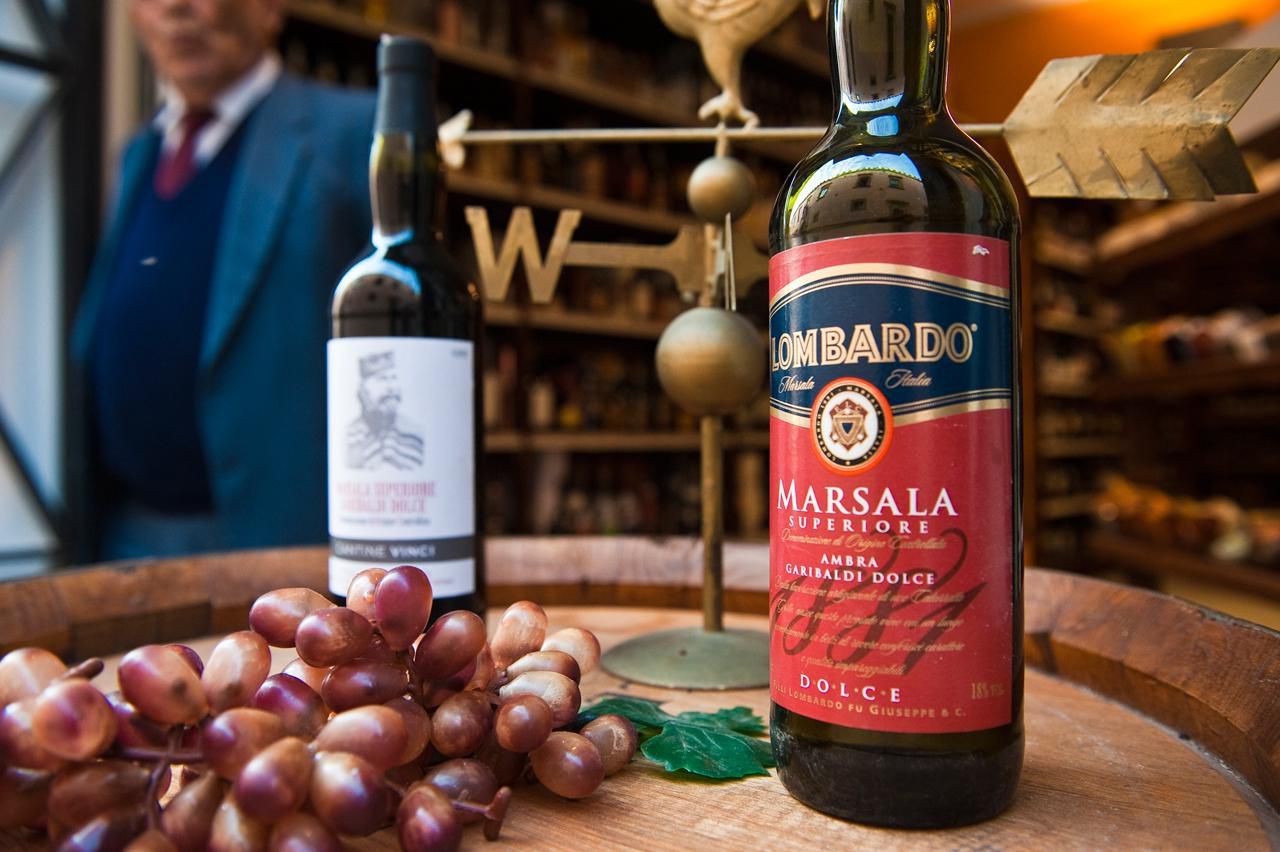
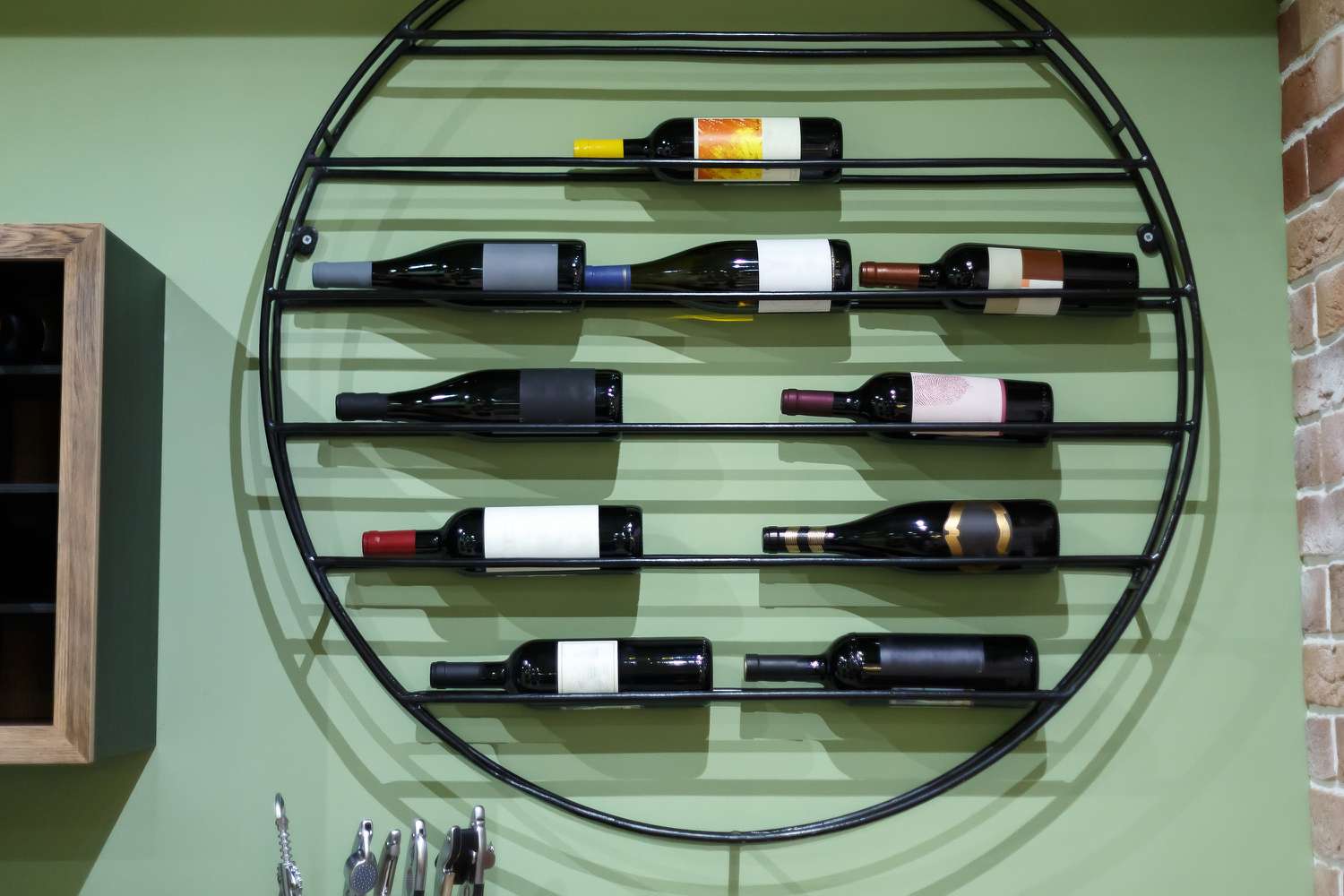
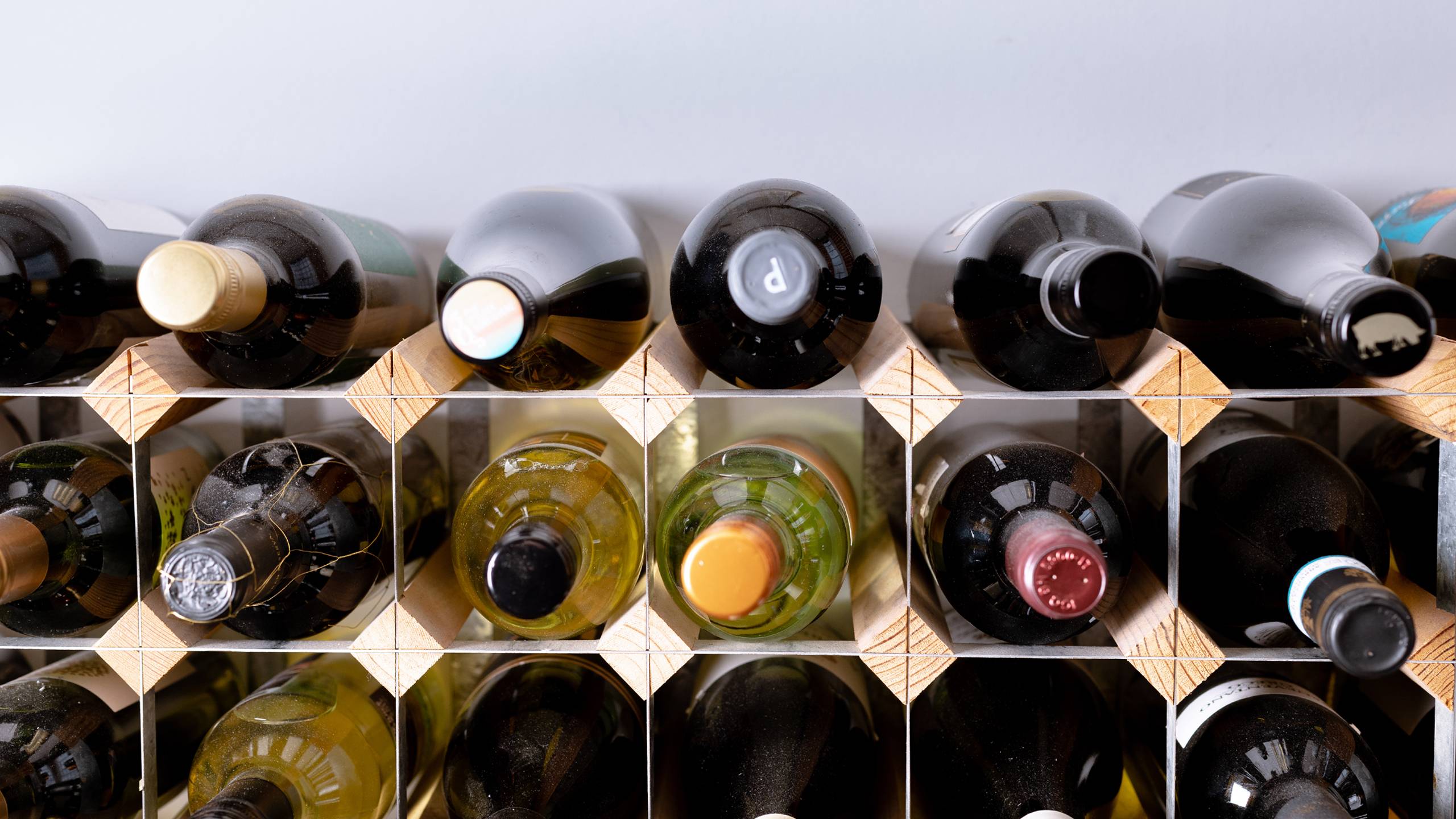
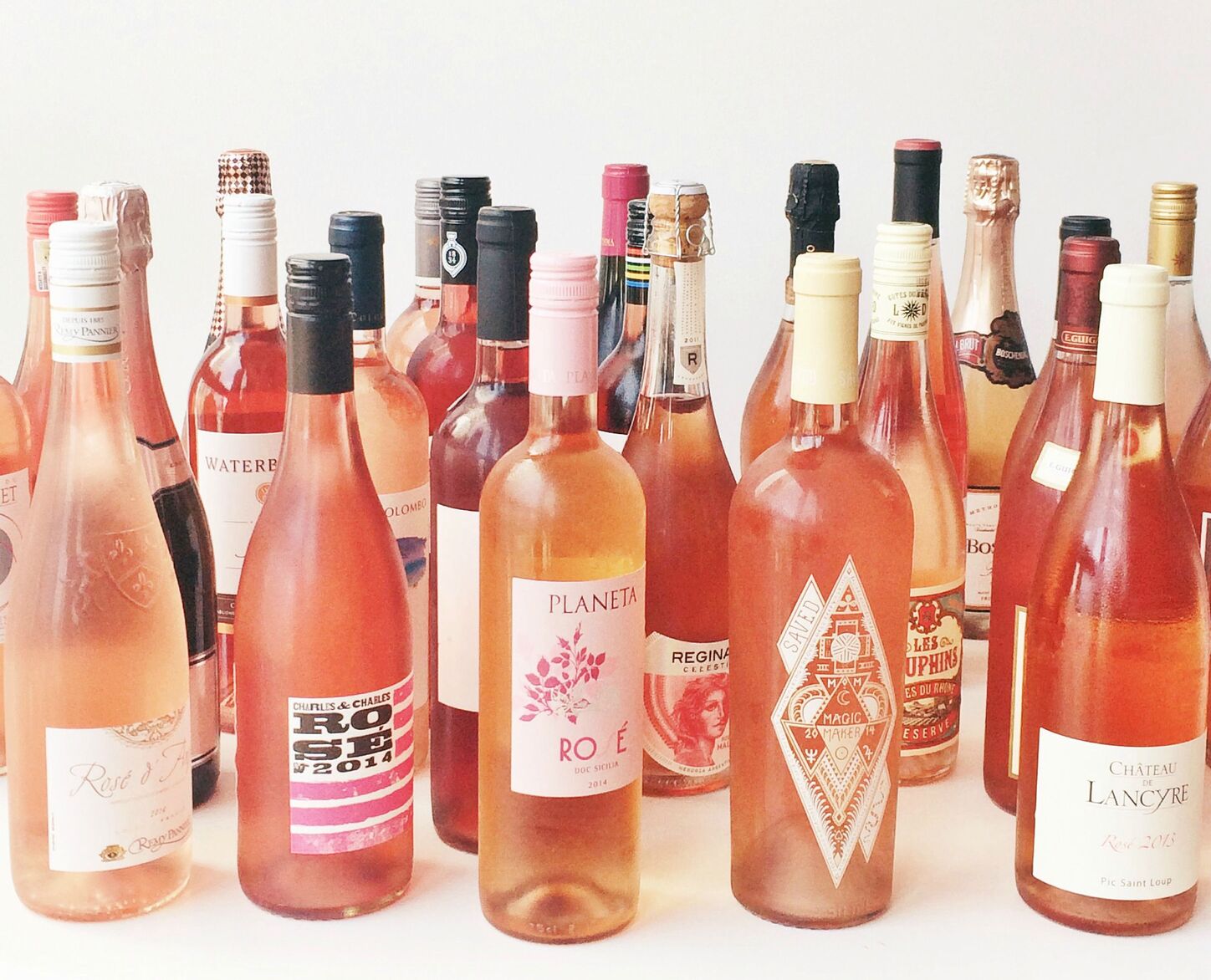
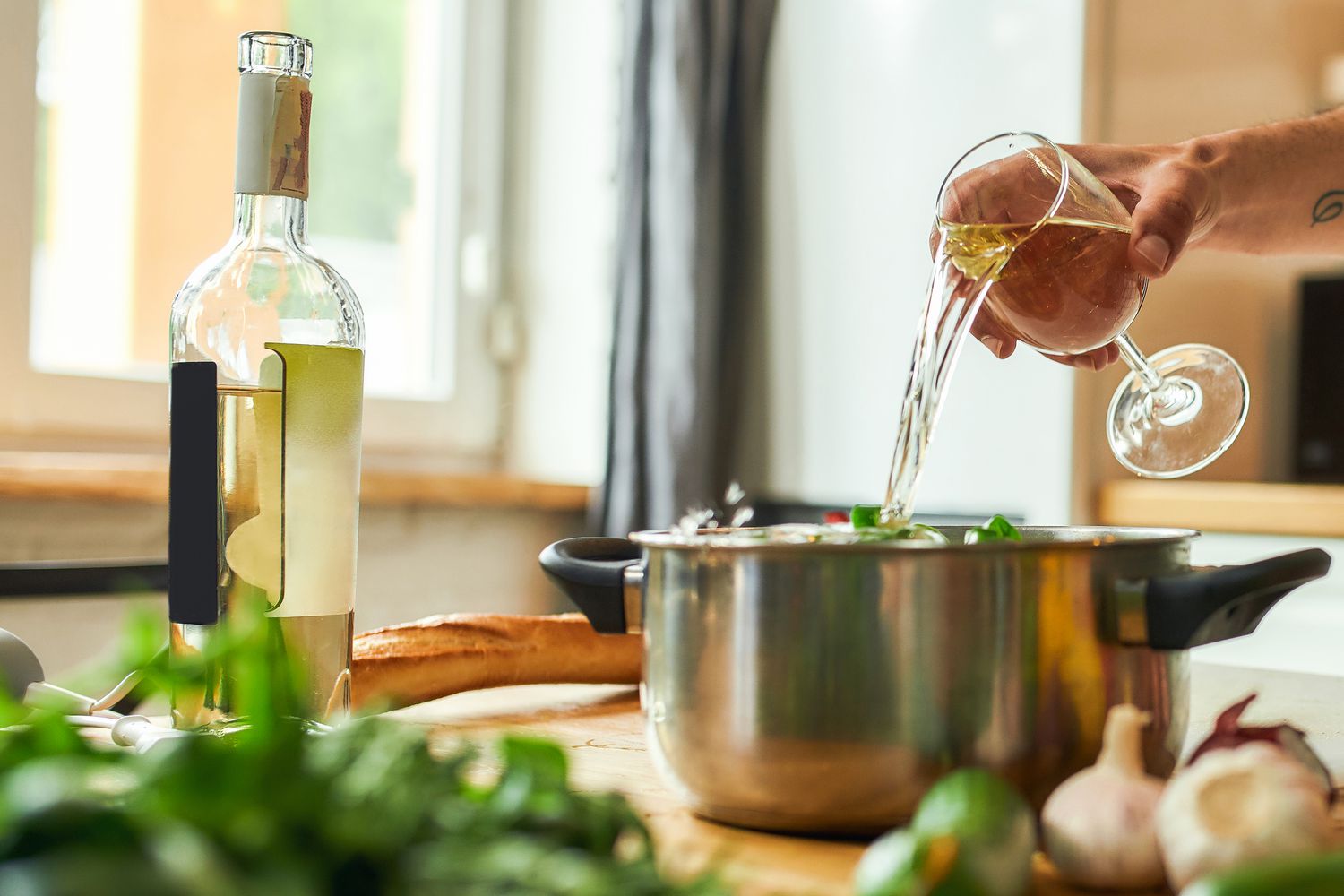
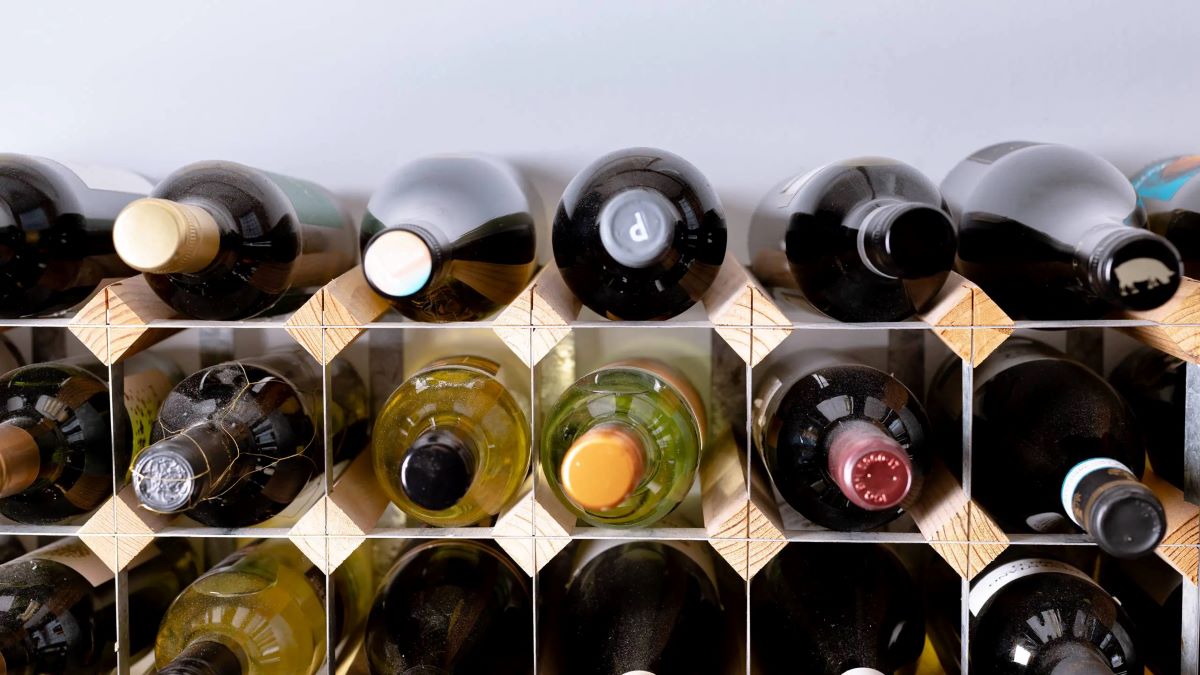
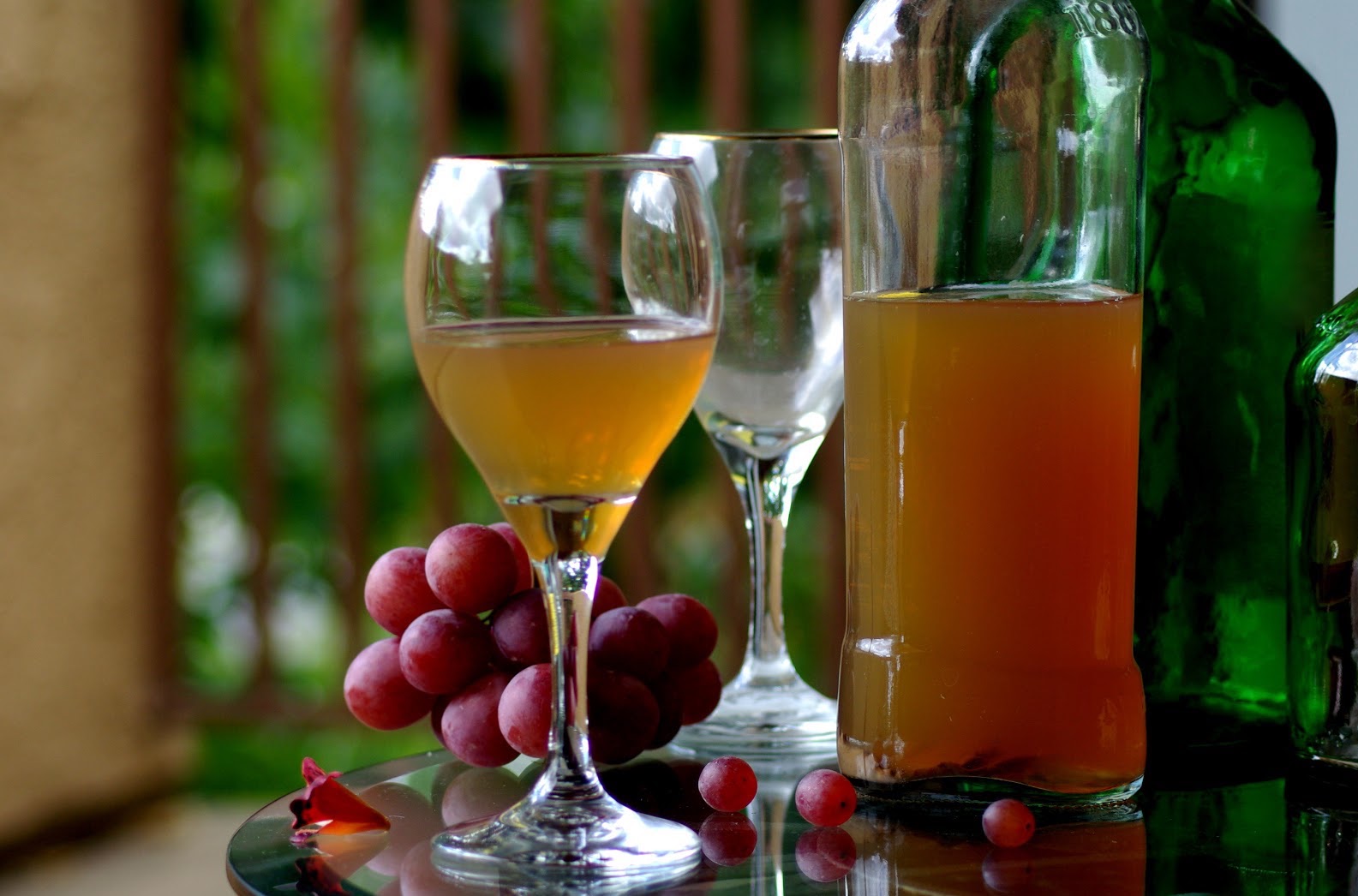

0 thoughts on “How To Store Vintage Wine”